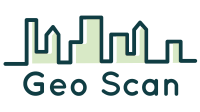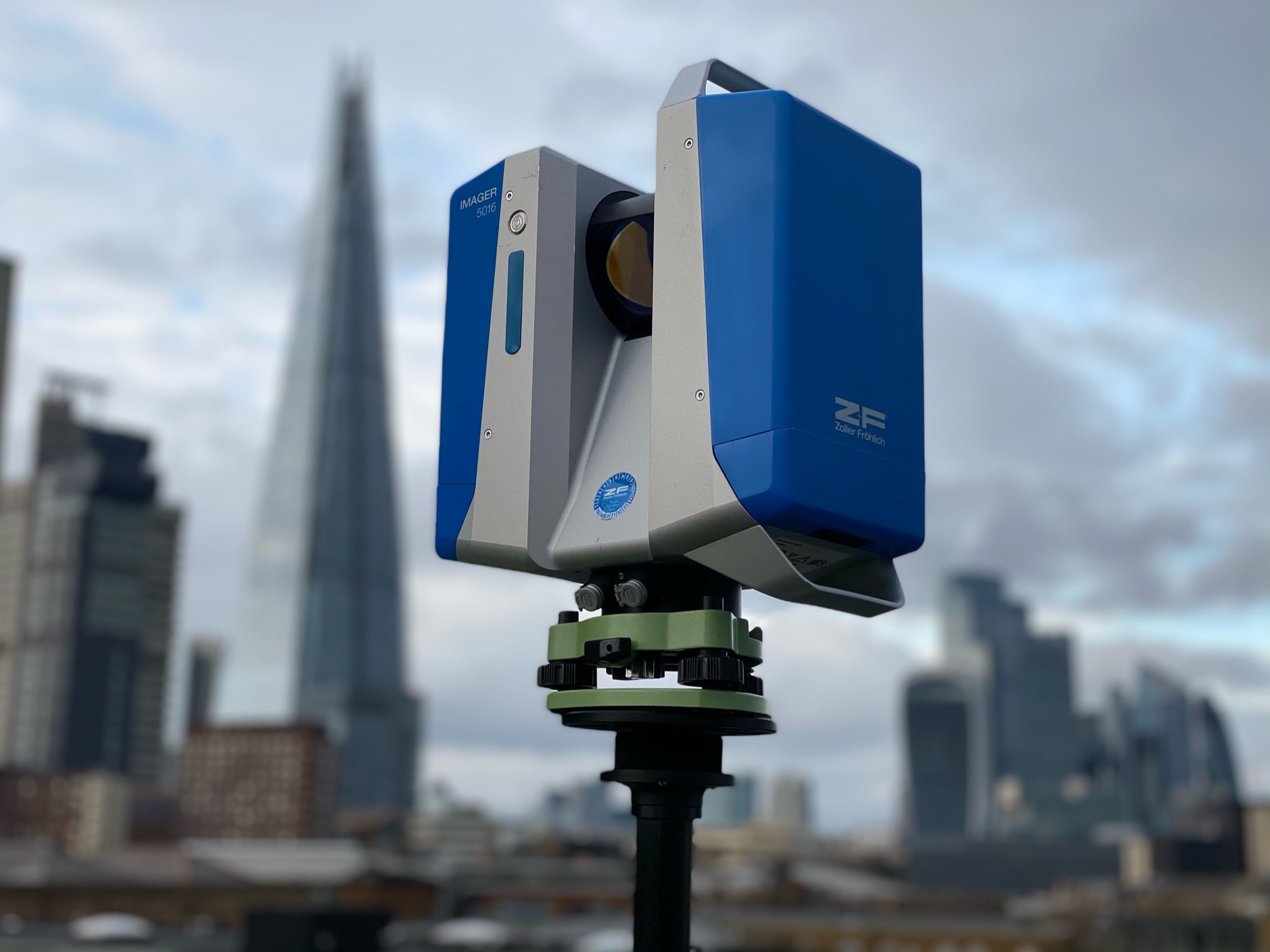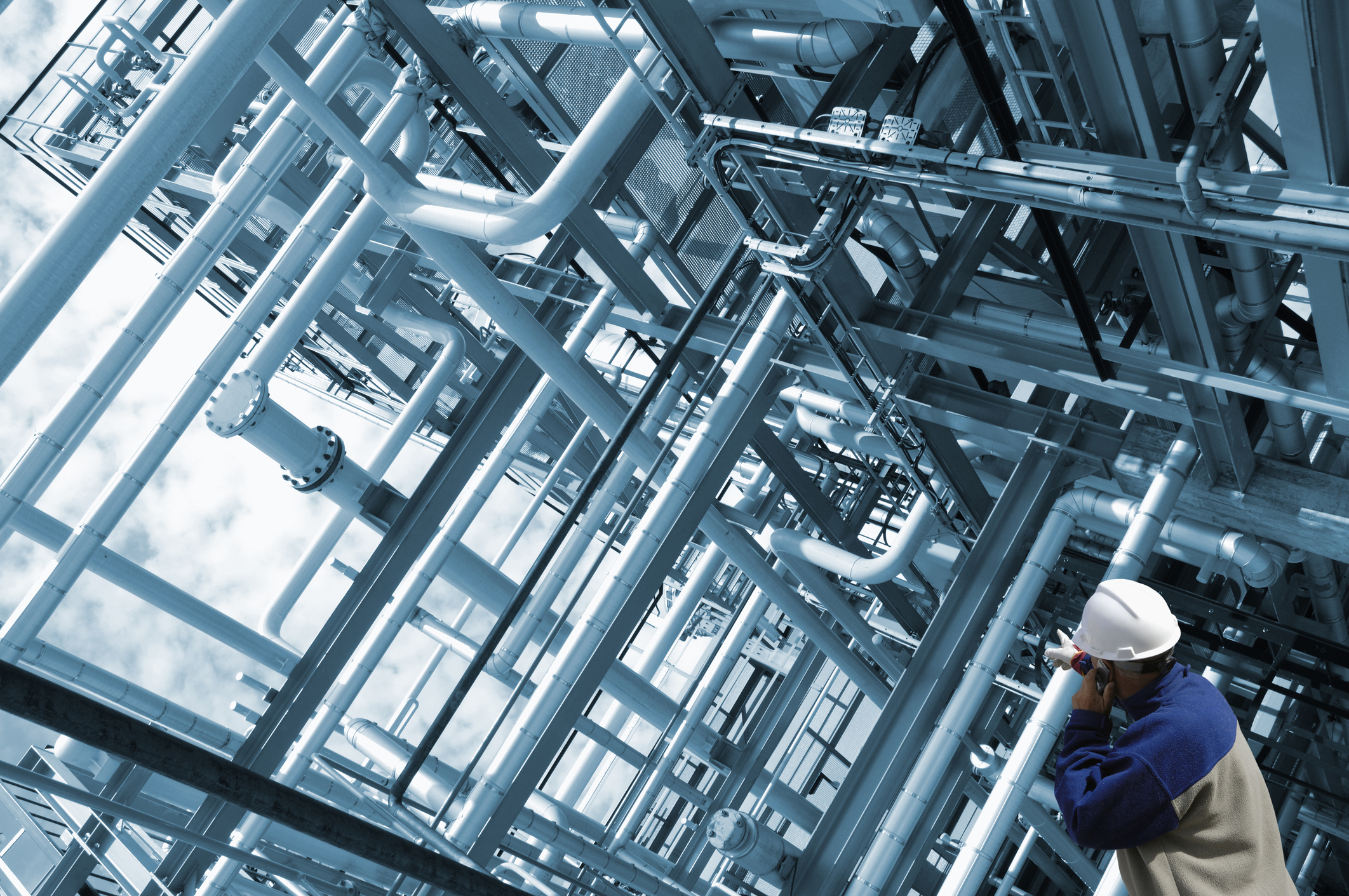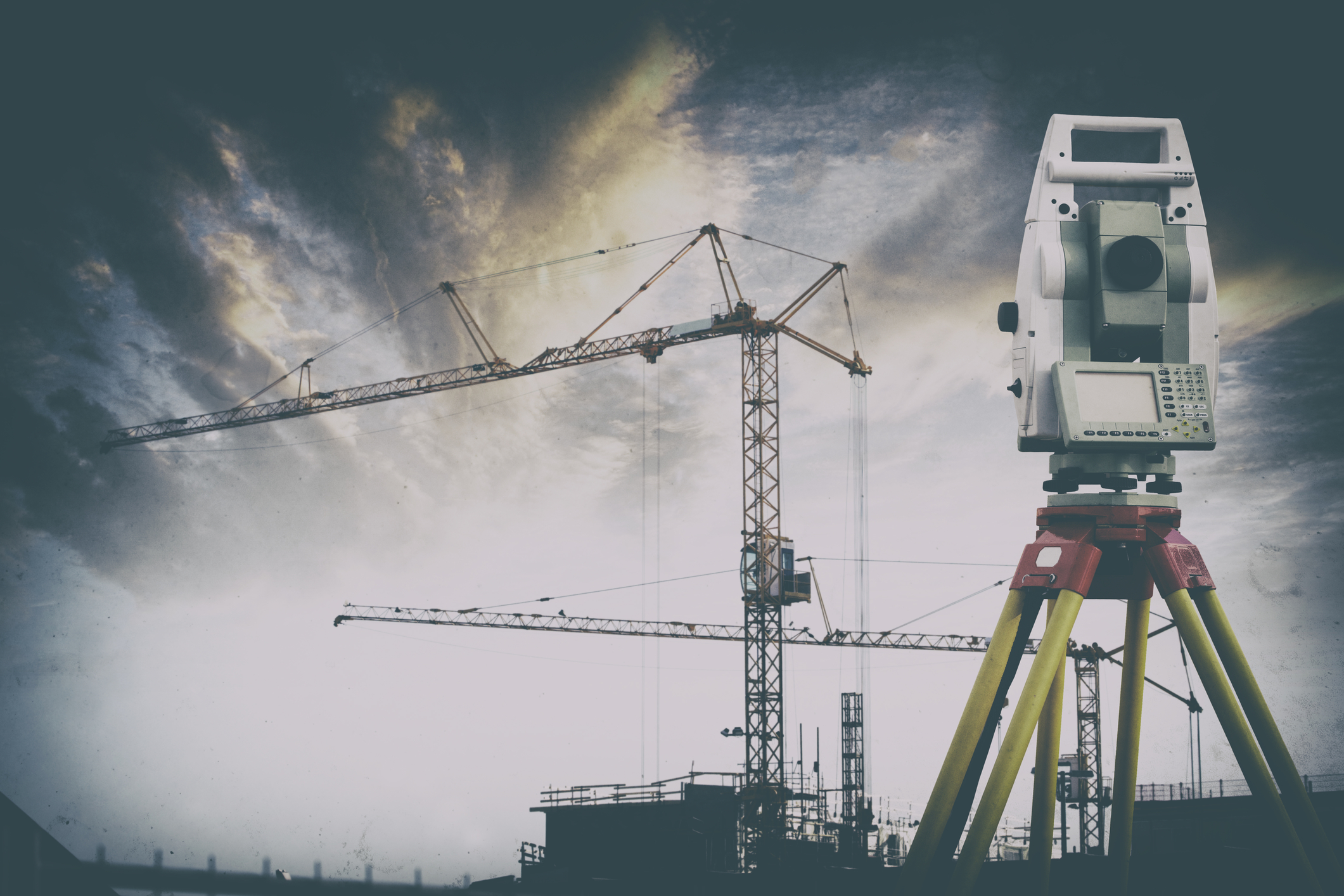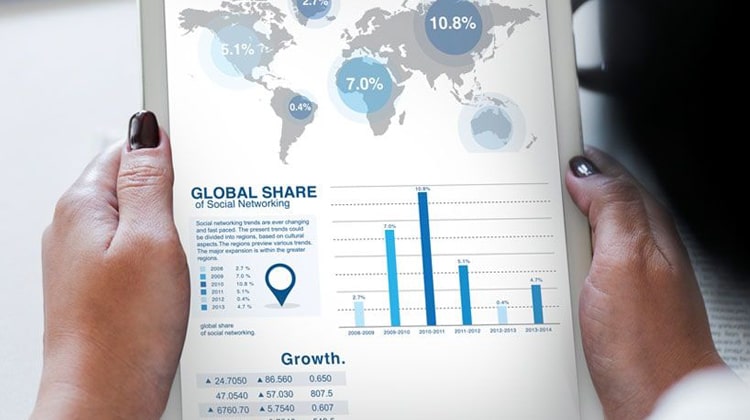3D laser scanning offers unparalleled accuracy and efficiency across various industries, from construction and architecture to heritage conservation and engineering.
At Geo Scan, we apply this advanced technology to capture precise data for a range of applications, ensuring that every project has a solid foundation of high-quality, detailed information.
Explore how different industries are harnessing the power of 3D laser scanning to improve accuracy, efficiency, and project outcomes.
Architectural Design
In the realm of architectural design, measured surveys and 3D laser scanning provide the backbone for documenting existing structures with unparalleled accuracy. These technologies facilitate the creation of detailed as-built measurements, enabling architects to produce precise floor plans, elevations, and cross-sections. The integration of 3D modelling and visualisation tools further empowers design development, offering a vivid representation of spaces for client presentations and enhancing the overall design process.
Property Development and Real Estate
The real estate and property development sectors leverage point cloud surveys and 3D laser scanning to revolutionize how properties are marketed and assessed. From creating immersive virtual tours to conducting thorough land and topographic surveys, these tools are indispensable for feasibility studies and the preservation of heritage buildings. They ensure that every detail, from historical significance to structural integrity, is accurately documented for conservation efforts.
Engineering and Construction
In engineering and construction, accurate measurements are vital for structural analysis, clash detection, and ensuring seamless integration of building systems. 3D laser scanning and point cloud technology provide essential data for monitoring construction progress and facilitating as-built comparisons, which are crucial for maintaining quality control and adhering to project specifications.
Facilities Management
Facilities management benefits greatly from the detailed building information models (BIM) generated through measured surveys and 3D scanning. These models are instrumental in asset management, maintenance planning, and optimizing space utilization. By integrating scanned data with facility management software, managers can conduct thorough space utilization analyses, ensuring efficient operation of facilities.
Building Inspections and Assessments
Comprehensive documentation of existing conditions is essential for pre-purchase inspections, structural assessments, and planning maintenance or repairs. Measured surveys and 3D laser scanning offer a detailed overview of building energy efficiency and thermal performance, aiding in the identification of potential issues and ensuring buildings meet safety standards.
Historic Preservation and Heritage Documentation
The preservation of historical buildings and cultural heritage sites relies on the detailed records generated by measured surveys and 3D laser scanning. These technologies offer a digital means of preservation, creating accurate floor plans, elevations, and 3D models that serve as a foundation for restoration and conservation planning, ensuring the longevity of our architectural history.
Interior Design and Space Planning
For interior design and space planning, precise documentation of existing interiors is crucial. Measured surveys and 3D laser scanning facilitate the creation of detailed 3D models, enabling designers to visualise spatial relationships, plan furniture layouts, and ensure accessibility, thereby enhancing the functionality and aesthetics of interior spaces.
Forensic Investigations and Insurance
In forensic investigations and insurance, the accuracy of documentation is paramount. 3D laser scanning provides detailed visualization and reconstruction of crime scenes or accidents, aiding in the analysis of incidents for insurance claims. This technology ensures that every aspect of the scene is accurately captured, providing a reliable basis for investigations.
Urban Planning and Development
Urban planning and development benefit from the detailed mapping and documentation capabilities of measured surveys and 3D laser scanning. These technologies assist in analyzing building densities, urban design elements, and simulating development scenarios, offering valuable insights for city planning and the enhancement of urban environments.
Building Documentation and Archives
Creating comprehensive building documentation and archives is essential for preserving architectural heritage. Measured surveys and 3D laser scanning play a crucial role in digital preservation, enabling the integration of scanned data into building management systems or databases for future research and accessibility.
Oil and Gas Refineries and Petrochemical Plants
In the complex environments of oil and gas refineries and petrochemical plants, as-built measurement and 3D modelling are critical for retrofitting, maintenance, and assessing structural integrity. These technologies provide detailed documentation of facilities, ensuring safe and efficient operation within these critical infrastructure sectors.
Marine and Offshore Industries
The marine and offshore industries require precise documentation for retrofitting and repair projects. Measured surveys and 3D laser scanning offer detailed insights into ship interiors, decks, and hulls, as well as offshore structures, facilitating maintenance, inspection, and ensuring the longevity and safety of marine operations.
Mining and Quarrying
For mining and quarrying operations, surveying and documentation are essential for understanding and managing sites. Technologies like 3D laser scanning enable accurate measurement and analysis of mines, aiding in volume calculations, terrain modelling, and monitoring land movement, ensuring environmental and operational safety.
Cultural Heritage Preservation
Cultural heritage preservation relies on the detailed documentation of archaeological sites and artefacts. Measured surveys and 3D laser scanning enable the creation of accurate 3D models for virtual experiences, aiding in conservation planning and ensuring the preservation of our cultural landscapes for future generations.
Forestry and Environmental Monitoring
In forestry and environmental monitoring, measuring and mapping forested areas provide critical data for managing ecosystems. These technologies assist in estimating biomass, analysing terrain, and monitoring landscape changes, contributing to sustainable environmental planning and conservation efforts.
Transportation Infrastructure
The documentation of transportation infrastructure is crucial for design, maintenance, and safety assessments. Measured surveys and 3D laser scanning provide accurate as-built documentation, aiding in the analysis of conditions and deformations, ensuring the structural health and safety of roads, bridges, and railways.
Industrial and Manufacturing Facilities
Industrial and manufacturing facilities benefit from detailed measurement and documentation for layout planning and equipment installation. These technologies facilitate the analysis of workflows and safety considerations, enhancing efficiency and ensuring a safe working environment.
Power Generation
In power generation, detailed measurement and analysis are essential for maintaining and retrofitting facilities. Measured surveys and 3D laser scanning offer comprehensive documentation of complex systems, ensuring efficient operation and aiding in the design verification and optimisation of power plants.
Healthcare and Hospitals
For healthcare and hospitals, accurate documentation of interiors is vital for facility planning and renovations. These technologies assist in creating optimal designs that enhance patient flow and accessibility, contributing to a better healthcare environment and improving patient care.
Education and Research
Educational institutions and research facilities require precise documentation for space utilisation analysis and facility management. Measured surveys and 3D laser scanning support the optimisation of educational spaces, facilitating a conducive learning environment and aiding in research endeavors.
Sports and Recreation
Sports venues and recreational facilities benefit from the detailed measurement and documentation for event planning and spectator experience optimisation. These technologies enable the analysis of sightlines and crowd flow, ensuring safety and enhancing the enjoyment of sporting events.
Retail and Commercial Spaces
In the retail and commercial sector, accurate documentation of spaces is essential for layout planning and customer flow analysis. Measured surveys and 3D laser scanning aid in the design of engaging retail environments, optimising user experience, and driving commercial success.
Telecommunications and Data Centres
In the fast-paced world of telecommunications and data centres, measured surveys using 3D laser scanning are revolutionizing the way infrastructure is documented and analysed. These technologies enable the creation of detailed floor plans, elevations, and sections, allowing for meticulous planning and optimisation of network coverage and signal propagation.
Schools and Educational Facilities
Schools and educational facilities benefit immensely from measured surveys and 3D laser scanning, providing accurate documentation of classrooms, libraries, and common areas. This data aids in creating comprehensive floor plans, elevations, and sections, which are essential for effective space utilisation analysis, facility planning, and renovations. By understanding spatial relationships and accessibility, educational institutions can optimise their environments for both learning and safety.
Care Homes and Assisted Living Facilities
Measured surveys and 3D laser scanning play a crucial role in enhancing the living conditions within care homes and assisted living facilities. Through the creation of detailed 3D models, facility managers can engage in effective space planning and accessibility assessments. This ensures that spatial configurations and ergonomic considerations are tailored to enhance the well-being and comfort of residents, fostering environments that support their needs and preferences.
Museums and Galleries
For museums and galleries, capturing the intricacies of exhibition spaces and artwork installations is essential. Measured surveys and 3D laser scanning provide the tools needed to create precise floor plans, elevations, and sections, aiding in exhibition design and artefact preservation. Moreover, the ability to create virtual museum experiences from accurate 3D models opens up new avenues for engaging with audiences and enhancing visitor flow and overall experience.
Historical Sites and Monuments
The preservation of historical sites and monuments is greatly supported by measured surveys and 3D laser scanning. These technologies offer a method for documenting and conserving architectural features, structural integrity, and deterioration with high precision. The creation of accurate records and digital representations supports restoration and conservation planning, ensuring that these cultural treasures are preserved for future generations.
Film and Entertainment Industry
In the film and entertainment industry, measured surveys and 3D laser scanning are transforming set design and production workflows. By documenting film sets and production facilities with accurate measurements, professionals can coordinate surfaces for projection mapping, optimise spatial configurations, and ensure camera positioning is perfect for the desired visual effects. This facilitates a seamless blend of virtual production and real-world filming.
Theme Parks and Amusement Parks
Theme parks and amusement parks rely on measured surveys and 3D laser scanning for the design and management of attractions, rides, and entertainment areas. These detailed measurements help in planning layouts, managing crowds, and ensuring safety. Additionally, the analysis of sightlines and immersive experiences enhances visitor satisfaction, making each visit memorable.
Exhibition and Event Spaces
For exhibition halls, convention centres, and event venues, the precision offered by measured surveys and 3D laser scanning is invaluable. Creating detailed floor plans, elevations, and sections facilitates efficient event planning, booth layout, and crowd flow analysis. This meticulous planning ensures space utilisation is optimised for both event managers and participants, enhancing the overall event experience.
Airports and Transportation Hubs
Airports and transportation hubs benefit from the detailed documentation and analysis provided by measured surveys and 3D laser scanning. These technologies support terminal design, passenger flow analysis, and security planning, ensuring that infrastructure meets the high demands of modern travel. Analysis of baggage handling systems and terminal capacity optimisation further enhances operational efficiency and safety.
Agriculture and Farming
In agriculture and farming, measured surveys and 3D laser scanning offer comprehensive documentation and analysis of facilities, barns, and land contours. This aids in farm planning, irrigation system design, and crop management, allowing for efficient use of resources. Terrain modelling and analysis support sustainable farming practices, contributing to the sector’s long-term viability.
Warehouses and Logistics
For warehouses and logistics, the accurate documentation of interiors, racking systems, and storage capacities is essential. Measured surveys and 3D laser scanning facilitate warehouse layout optimisation, inventory management, and logistics planning. By analysing workflow efficiency and aisle widths, operations can be streamlined for maximum productivity.
Hospitality and Hotels
The hospitality and hotel industry benefits from measured surveys and 3D laser scanning by allowing for the detailed documentation of interiors and guest amenities. These accurate measurements aid in hotel design, room configuration, and enhancing the guest experience. Analysis of space utilisation and accessibility considerations leads to improved guest satisfaction and repeat visits.
Laboratories and Research Facilities
Measured surveys and 3D laser scanning are pivotal in designing and managing laboratories and research facilities. Detailed documentation of laboratory spaces and equipment placement supports workflow optimisation, safety protocols, and efficient research operations. This precision ensures that laboratories meet the stringent requirements necessary for cutting-edge scientific discovery.
Stadiums and Sports Facilities
Stadiums and sports facilities rely on measured surveys and 3D laser scanning for detailed documentation and design. These technologies aid in creating seating layouts, optimising fan experiences, and ensuring safety. The analysis of sightlines and venue capacity plays a crucial role in enhancing sporting events, making each game an unforgettable experience.
